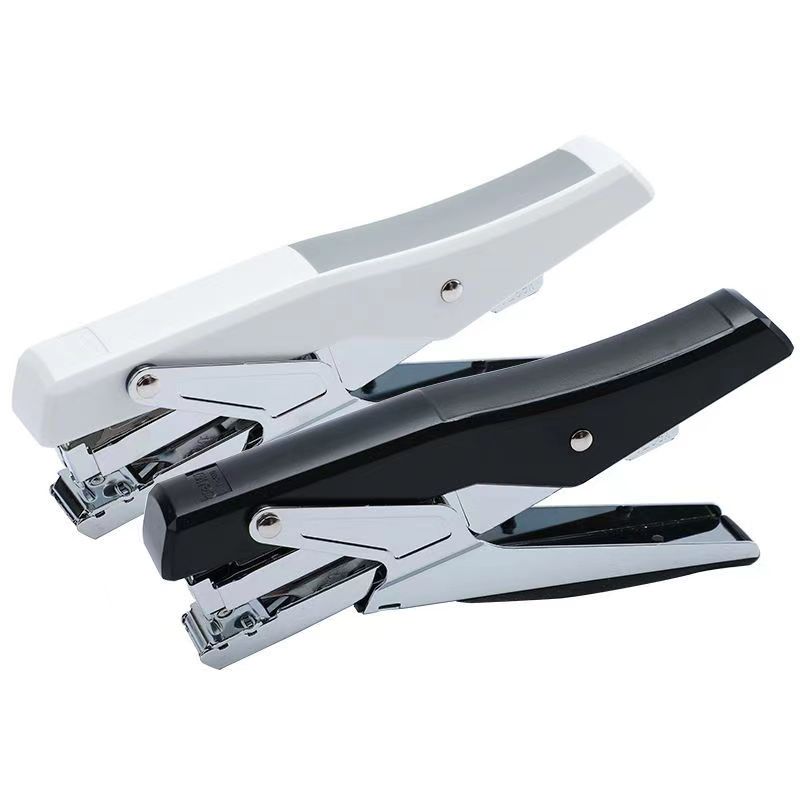What Custom Designs Help Retailers Compete Against Online Giants

In a world dominated by online giants, small retailers face a challenge. Yet, unique designs and engaging experiences can create loyal customers, turning the tables on big competitors.
Retailers can compete by offering custom, locally-inspired products and memorable in-store experiences, creating a compelling narrative that giants like Amazon cannot replicate.

Uncovering techniques for small retailers to stand out reveals how creativity and innovation foster customer loyalty and competitive advantages.
How best can small retailers compete with larger chains?
Surviving against larger chains means differentiating in clever ways. What's the best approach?
Small retailers can compete by focusing on personalized customer service, exclusive products, and community engagement. These strategies build customer loyalty and brand identity.

Providing personalized service sets small retailers apart, creating a welcoming environment where customers feel valued. Offering unique, custom-designed products unavailable in large chains attracts niche markets. Actively engaging with the community through events and collaborations fosters a personal connection and strengthens local support. Through these methods, small retailers carve out a distinctive space in the market, maintaining a competitive edge despite larger opponents.
How can retailers make the best of both the online and offline world?
Combining online and offline strengths offers a holistic retail experience. How can retailers optimize this integration?
Retailers can thrive by blending physical store experiences with online convenience. Offering click-and-collect services and hosting in-store events that encourage online sales enhance the customer experience.

In-store events create memorable experiences while promoting online platforms for purchasing convenience. Click-and-collect integrates both worlds, ensuring customers can enjoy store ambiance and flexible digital shopping. Interactive displays and social media campaigns build a dynamic presence, engaging customers across all touchpoints. This seamless approach encourages customers to interact with brands in multiple ways, driving engagement and promoting long-term loyalty.
What is the O2O business model?
The O2O model connects two retail worlds. What precisely does it entail?
The Online-to-Offline (O2O) business model involves attracting online customers to brick-and-mortar stores. Through integrated strategies, it enhances customer interaction and drives sales.

O2O strategies include using digital marketing to guide foot traffic to stores, offering online promotions redeemable in physical locations. Encouraging in-store experiences like workshops and exclusive product launches heightens interest. This model leverages the convenience of online shopping with the tactile benefits of in-person experiences, providing a comprehensive customer journey that enhances brand visibility and drives sales, effectively bridging digital and physical shopping landscapes.
Conclusion
Custom designs1 and engaging experiences2 enable small retailers to compete with online giants. By blending creativity with strategic integration of online and offline methods, retailers foster strong customer connections and ensure sustained success.
